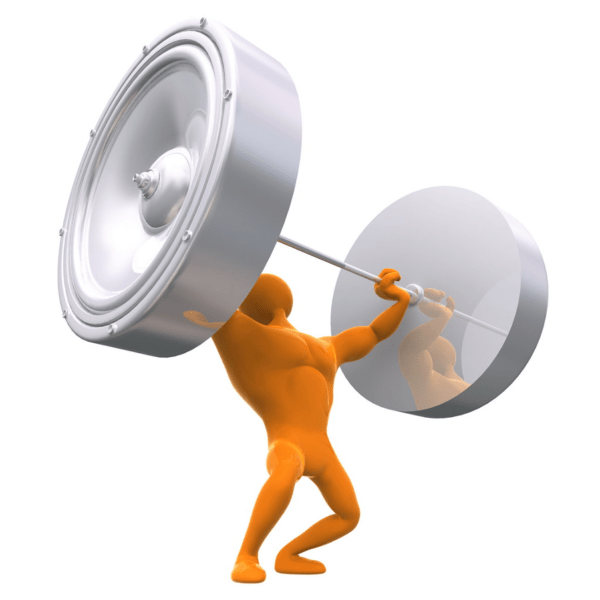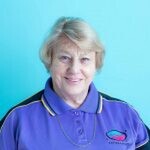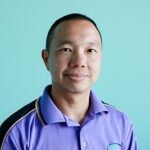For the past 50years, the focus of cancer research has been on treatment and secondly prevention … as it should be! But with a rapidly growing population both living with and in remission from cancer, a new focus has developed;
how do we reduce the morbidity associated with cancer? i.e. How can we make treatment suck just a little less? Help the un-cancered part of a patient’s body just a little more? And finally, help our patients live the best life they can after receiving that beautiful green tick of remission?
So … what has the research proposed? The short of it is exercise and massage. The long of it is individualised exercise physiologist supervised exercise programs AND oncology massage.
These two therapies are the bee’s knees for reducing treatment induced:
Nausea
Fatigue
Weight gain/loss
Physical pain
Psychological stress
Early cessation of chemotherapy treatment
And, poor mental health
This is for basically all types of cancer and throughout all stage of progression. For something so basic and with such low associated risks, they are simply the wonder drug combo we’ve been waiting for!
Too good to be true? Well on behalf of all those who prefer a coffee and a workplace gossip on their lunchbreaks (not that diving headfirst into research rabbit holes isn’t just as fun right??) allow a closet nerd to summarise what the scientists are currently now jumping up and down about (feel free to refer only to the right hand side column unless you want to let your research flag fly!):
| Research lingo | What this means in real people speak …. |
|---|---|
| A study investigating the effect of high intensity interval training (HIIT) exercise during chemotherapy for 240 women living with stage 1-3a breast cancer and found that it significantly reduced: total cancer related fatigue and day-to-day fatigue, total treatment related symptoms, treatment related weakness and ACTUALLY led to gains in lower and upper limb strength compared with their control group who received “usual care”. This study also compared resistance training HIIT (RT-HIIT) and aerobic training HIIT (AT-HIIT) and found that the AT-HIIT group displayed significant reductions in body mass, improved quality of life, increased emotional functioning and a larger proportion had returned to work following treatment1. | * People with higher muscle mass percentages are able to better tolerate aggressive oncology therapy. * People with higher muscle masses are more commonly able to complete the full course of recommended treatment protocols. * People with higher muscle masses have on average a better quality of life following treatment. * It is possible to increase muscle mass percentage despite receiving concurrent chemotherapy and radiotherapy. * Exercise = reduced treatment fatigue and nausea! |
| 20 women aged 56-78yrs and older receiving hormonal therapy for their breast cancer participated in a 12 week home walking program and found significant reductions in their fatigue levels, sleep disturbances and depressive symptoms2. | * Exercise doesn’t need to be fancy to lead to improvements in fatigue, sleep and mood * Supervised exercise is tolerated well in post-menopausal women with breast cancer. |
| A study of 67 patients with metastatic colorectal cancer looked into the link between loss of muscle mass and poor survival outcomes throughout a 3month chemotherapy treatment protocol. They determined that those who lost <9% of their muscle mass throughout their treatment had the longest survival rates when compared to those who lost >9% of their muscle mass.3 | * By keeping the amount of muscle mass lost to a minimum throughout cancer treatment, patients can expect increased survival outcomes, even when the cancer has metastasised. |
| 1290 cancer patients split between both inpatient and outpatient settings received massage and were assessed immediately before and within 5-15mins following their treatment. Negative symptoms including patient pain severity, fatigue, stress/anxiety, nausea and depression were assessed. Researchers found that these negative symptoms had reduced in intensity by an average of 50% following treatment, even for those reporting very high symptom levels. Outpatient massage was found to be particularly effective, resulting in an increased 10% reduction in negative symptoms. A quarter of these outpatients were followed up 48hrs following treatment and it was found that the benefit persisted for days following their treatment.4, 5 | Oncology massage has been shown to reduce: *Pain * Fatigue * Stress * Anxiety * Nausea * And depressive symptoms in cancer patients. * Outpatient massage therapy is potentially more effective than inpatient massage therapy. * Outpatient massage therapy’s positive effects continue to be felt for days following treatment. |
| ‘‘Site predilection does not depend on the anatomy of the circulation as previously believed. Tumor cells flow through the circulatory system based on venous drainage from the primary tumor. However, the site and survival of the disseminated tumor cells depend on the qualities and properties unique to the tumor cell itself. Certain tumor cells possess an affinity for specific organs. The metastatic process is not random.’’5, 6 | * Massage therapy is NOT linked to spreading metastatic tumours. * Oncology massage is a safe modality in the care of cancer patients. |
Above is a mere snapshot on the research on exercise and cancer; there are now more than 13,000 published articles!
So if chugging through research articles is less of your thing, these videos do a much more entertaining summary of this:
So what do we want? Safe exercise and massage … and when do we want it? Well right NOW!
And … you can! At Entire Physio we have two Exercise Physiologists (EPs) who work between both our Queanbeyan and Fyshwick practices. Ben or Jayden will give you access to safe, tailored exercise at our Queanbeyan location; which is perfect for those wanting simpler equipment or who may be starting from a lower fitness/feel intimidated by gyms. Or alternatively with of our EPs can see you at our Fyshwick location; for those wanting access to a deluxe gym and/or starting from a higher level of fitness. Our Fyshwick location is also perfect for those wanting technique correction for weight lifting.
Ben Basser-Silk
Jayden Lehman
Entire Physio is also lucky to have our two wonderful massage therapists, both tertiary trained with further oncology massage studies. Ian and Pearl will relax your mind, relieve your aches and sooth the soul. Private health rebates can be used for both EP and Oncology Massage at our clinic. With a GP referral it is also possible to use a Chronic Disease Management plan (also known as an EPC) with our EPs.
Pearl Van Der Straaten
Ian Chua
Entire Physio is a multidisciplinary practice with many allied health practitioners who have further training in many different areas of health. For more information on our services and staff, please visit our website, call our clinic or contact us at:
Entire Physio – 1/59 Cooma Street, Queanbeyan.
Rest and Recovery Centre – 17/19 Wollongong Street, Fyshwick.
T: 62995183
E: info@entirephysio.com.au
W: www. entirephysio.com.au
- Mijwel, S., Jervaeus, A., Bolam, K.A. et al. High-intensity exercise during chemotherapy induces beneficial effects 12 months into breast cancer survivorship. J Cancer Surviv 13, 244–256 (2019). https://link.springer.com/article/10.1007%2Fs11764-019-00747-z
- Payne JK, Held J, Thorpe J, Shaw H. Effect of exercise on biomarkers, fatigue, sleep disturbances, and depressive symptoms in older women with breast cancer receiving hormonal therapy. Oncol Nurs Forum. 2008 Jul;35(4):635-42. doi: 10.1188/08.ONF.635-642. PMID: 18591167.
- Blauwhoff-Buskermolen S, Versteeg KS, de van der Schueren MA, den Braver NR, Berkhof J, Langius JA, Verheul HM. Loss of muscle mass during chemotherapy is predictive for poor survival of patients with metastatic colorectal cancer. Journal of Clinical Oncology. 2016 Apr 20;34(12):1339-44.
- Cassileth BR, Vickers AJ. Massage therapy for symptom control: outcome study at a major cancer center. J Pain Symptom Manage 2004;28:244-249
- Collinge W, MacDonald G, Walton T. Massage in supportive cancer care. InSeminars in oncology nursing 2012 Feb 1 (Vol. 28, No. 1, pp. 45-54). WB Saunders.
- Pfeifer KA. Pathophysiology. In: Otto SE, ed. Oncology Nursing. 3rd ed. St. Louis, MO: Mosby; 2007: pp. 3-19.





